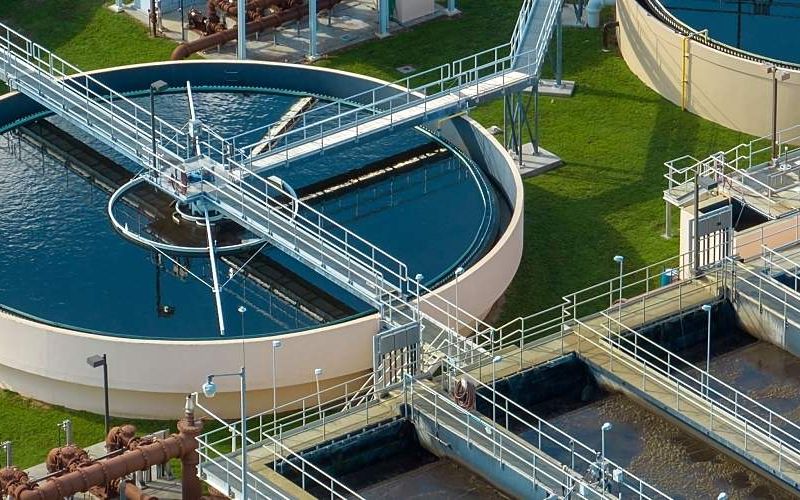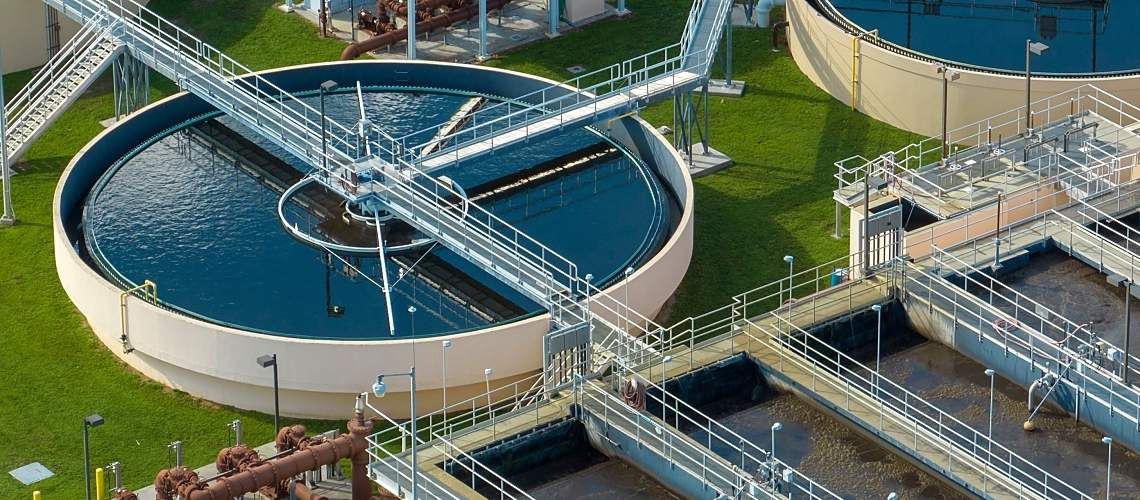Small Drinking Water Systems Get Ready for Digital Transformation


Managers of drinking water systems of all sizes recognize that gathering data and using it to increase efficiency and inform planning is the industry's future. Many larger systems have started their digital transformation, bringing in technology and specialists to run them. For smaller utilities, the investment in money, time, and expertise—and the inevitable resistance to change—can be daunting.
The vast majority of U.S. public water systems (97%) are small, serving 10,000 people or less, and often struggle to get started. With staffing shortages, many can barely handle the current workload, let alone add to it—even though going digital means more efficient operations, better decision-making, and lower risks. Lower risk is an increasingly important benefit in the face of severe weather events, such as floods and droughts, along with aging infrastructure and treatment required by per- and polyfluoroalkyl substance (PFAS) regulations.
New sensors, hardware, and software can help address these challenges. Digital tools can automate processes, remotely monitor equipment, predict faults and failures, optimize energy use, and support data-driven decisions. But smaller drinking water systems need a plan to take advantage of all that digital offers.
Choosing from the Digital Tool Menu
Smaller drinking water utilities already have helpful systems in place, although they're often in paper form. However, for almost any manual process, there's a digital system that can streamline operations by managing the task. These digital systems include:
- Customer information system (CIS): Collects, manages, and tracks information on customer interactions
- Geographical information system (GIS): Locates utility and customer assets
- Supervisory, control, and data acquisition (SCADA) system: Monitors fluid levels and environmental conditions
- Advanced metering infrastructure (AMI): Collects detailed metering information and allows two-way communication between utilities and customers
- Computerized maintenance management system (CMMS): Manages assets, schedules maintenance, and tracks work orders
- Laboratory information management system (LIMS): Automates workflows, integrates instruments, and manages samples and associated information for water testing
- Enterprise asset management system (EAMS): Controls management and maintenance of physical assets throughout their life cycle.
Breaking Down System Barriers
You don't just need more data to better understand your operations—you need the right integrated data at the right time. No matter their size, water systems often don't share data across departments, meaning no one has access to the broad view. When maintenance gets a call, they don't know that several of the customer's neighbors also complained about low water pressure in the past year.
With digital systems that talk to each other, water system personnel can pull data from every department into a dashboard for the big picture. Everyone on the team can access the dashboard from their office, field, or home, on whatever mobile or fixed device they use. More sophisticated systems can create a model of your water system—known as a digital twin—that lets you ask what-if questions and see possible outcomes.
Starting Your Digital Journey
Smaller utilities can dive into digital slowly by taking the transformation step by step.
First, it's critical to do a system assessment, often with the help of a consultant. Look at your water system's current assets, the business, operating, and regulatory requirements you must meet, and the goals your staff wants to achieve, from operations and engineering to finance and management. Also, identify the key performance indicators you'll use to measure the success of digital transformation, from water savings to energy efficiency.
You can then perform a gap analysis, determining where you are, where you want to be, and what it would take to get between those points and achieve your goals. The digital must-haves include network and internet connectivity, computers, servers, and security.
Next comes the hardware, software, and sensors that will close the gaps between your existing and desired state. A cost-benefit analysis will help you identify where you'll get the most for your money and which goals you can address. Starting with manageable pilot projects can give you the knowledge and experience to make your digital journey a success.
Paying and Paying Off
Figuring out how to pay for a digital transformation can be the hardest part. You may be able to turn to larger utilities that can offer economies of scale, government agencies that can provide funding and help you overcome regulatory hurdles, and industry associations that can align systems with a shared vision.
Remember that the transformation is an investment that pays off with a better understanding of water supply and demand, inefficiencies and opportunities to optimize, water losses and ways to conserve, customer expectations and service improvements, and advances in technical, operational, and financial management strategies. Connecting physical operations, manual processes, and digital technology can give even the smallest water system a more productive and promising future.






